Papaya, a luscious tropical fruit known for its sweet flavor, vibrant orange flesh, and numerous health benefits, has gained immense popularity worldwide. From smoothies and salads to desserts and health tonics, papaya is cherished not only for its taste but also for its digestive enzymes and nutrient-rich profile. While several countries cultivate this fruit, many rely heavily on imports to meet growing consumer demand.
In this article, we’ll uncover which country is the largest importer of papaya in the world, the dynamics of global papaya trade, leading exporters, and the reasons behind its surging international popularity.
What Makes Papaya a Global Favorite?
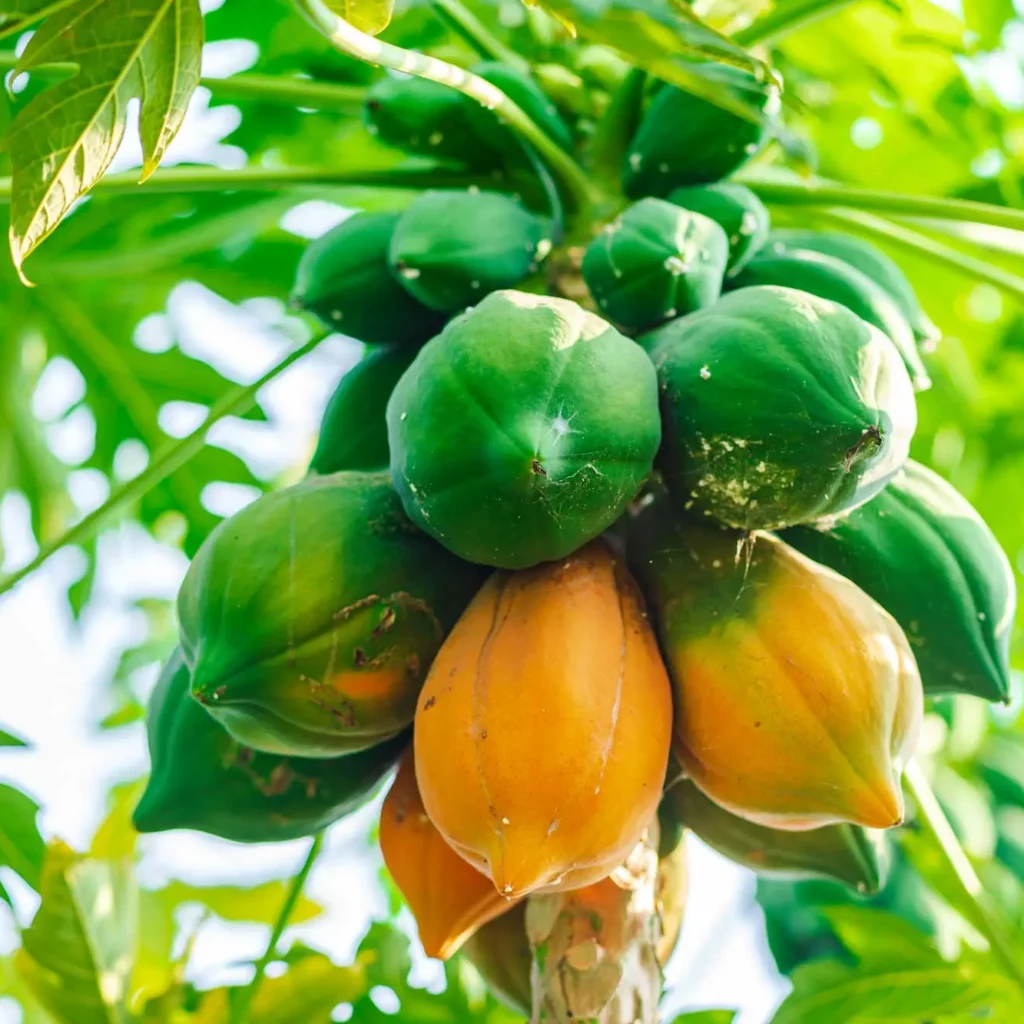
Scientifically known as Carica papaya, this tropical fruit originated in Central America and Southern Mexico but is now grown across Asia, Africa, the Caribbean, and parts of South America. Its global appeal comes from:
- High Vitamin C content (one medium papaya provides over 200% of daily needs)
- Rich digestive enzyme called papain
- Low calorie and high fiber content
- Antioxidants like beta-carotene and lycopene
These health benefits, combined with its exotic flavor, have made papaya a popular choice in both fresh and processed forms worldwide.
The Global Papaya Market at a Glance
The international papaya market has expanded steadily over the past decade, driven by:
- Rising demand for tropical fruits in non-tropical regions
- Health and wellness trends promoting natural, nutrient-dense fruits
- Increased use of papaya in smoothies, skincare, and health supplements
- Growth in the hospitality and food service industries
According to FAO data, global papaya production crossed 14 million metric tons in 2023, with India, Indonesia, Nigeria, Brazil, and Mexico leading cultivation.
Which Country Is the Largest Papaya Importer in the World?
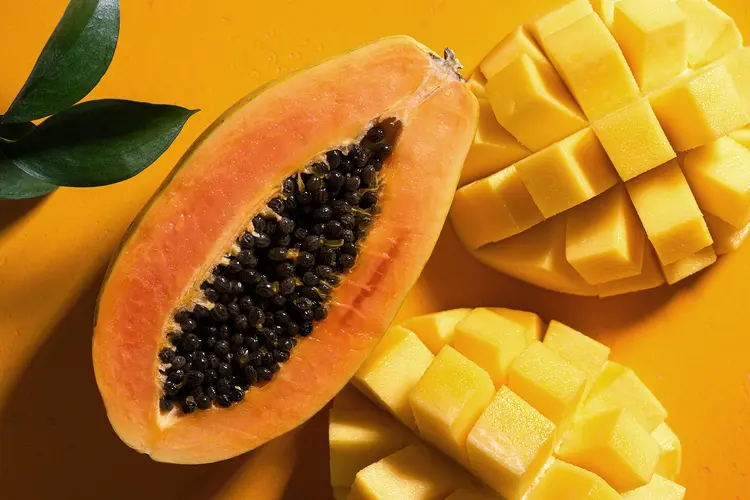
The United States of America (USA) is the largest importer of papaya in the world.
Why the USA Leads in Papaya Imports:
- Growing Multicultural and Health-Conscious Populations:
The U.S. has a large and diverse population, including communities from Latin America, Asia, and the Caribbean, where papaya is a staple. Alongside this, health-focused consumers increasingly seek out tropical fruits for their nutritional benefits. - Limited Domestic Production:
While papaya is cultivated in small quantities in Hawaii, Florida, California, and Texas, domestic supply is insufficient to meet the country’s substantial year-round demand. - Availability of Reliable Export Partners:
Mexico, Brazil, Belize, and the Dominican Republic have become primary suppliers of fresh papaya to the U.S., with proximity allowing for efficient logistics and quality control. - Demand in Food Service and Retail Sectors:
From high-end restaurants to smoothie bars, grocery chains, and health food stores, papaya is widely available and increasingly popular across the United States.
Other Major Papaya-Importing Countries
While the USA takes the top spot, several other countries actively import papayas, contributing to the fruit’s dynamic global trade network:
- Canada: Due to its cold climate, Canada relies almost entirely on imported papayas, primarily from Mexico and the Caribbean.
- Netherlands: Acting as a hub for tropical fruits in Europe, the Netherlands imports significant volumes and re-exports to neighboring countries.
- United Kingdom: Increasing demand in retail, wellness markets, and culinary industries has boosted papaya imports.
- Germany and France: Health trends and exotic fruit popularity have fueled growing papaya imports in these European nations.
- United Arab Emirates (UAE): As a luxury food market with diverse culinary preferences, papaya is regularly imported for retail, hospitality, and food service industries.
Top Papaya Exporting Countries
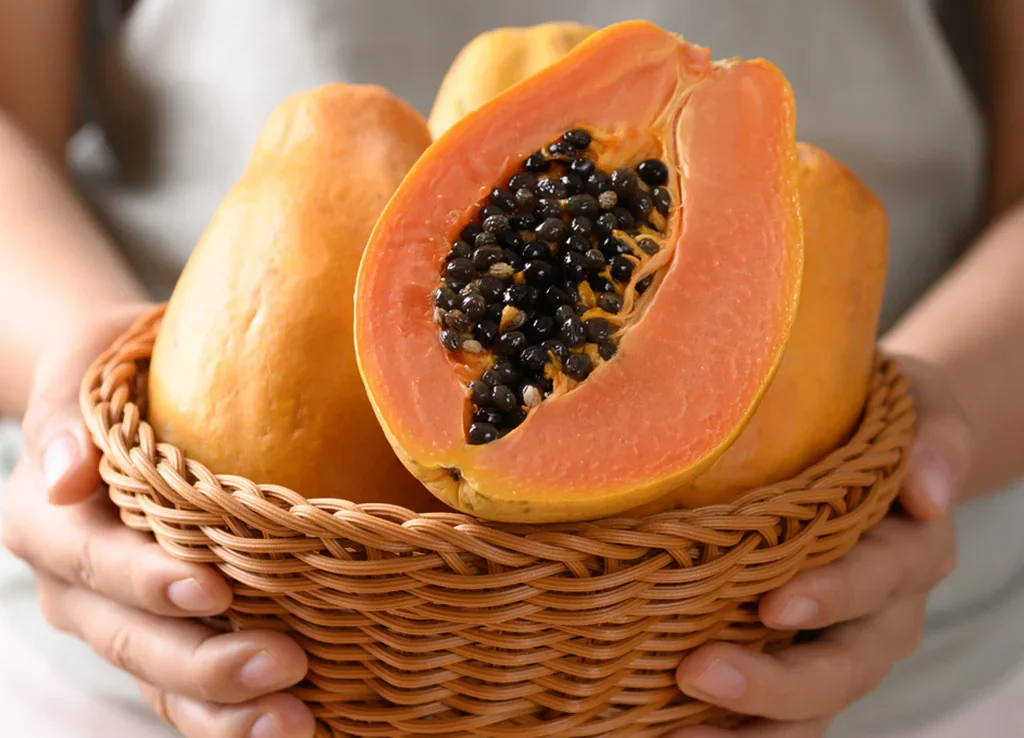
To satisfy global demand, several tropical and subtropical countries have become leading exporters of papaya:
| Rank | Country | Export Share (%) |
|---|---|---|
| 1 | Mexico | 35-40% |
| 2 | Brazil | 20-25% |
| 3 | Belize | 10-12% |
| 4 | Dominican Republic | 8-10% |
| 5 | India | 5-8% |
Mexico dominates papaya exports, benefiting from its proximity to the U.S. market, high production volumes, and advanced logistics infrastructure. Brazil and Belize are also significant exporters, especially for North American and European markets.
How Is Papaya Traded Internationally?
Papaya is exported in both fresh and processed forms:
- Fresh Papaya: Transported in temperature-controlled containers, ensuring fruit quality and shelf life. Exporters use specialized packaging to prevent bruising and damage during long transit periods.
- Processed Papaya Products: Includes dried papaya, purees, jams, and frozen pulp — widely used in the food and beverage, confectionery, and cosmetic industries.
Stringent import regulations and phytosanitary standards are applied to ensure food safety and quality during international trade.
Market Trends and Trade Data
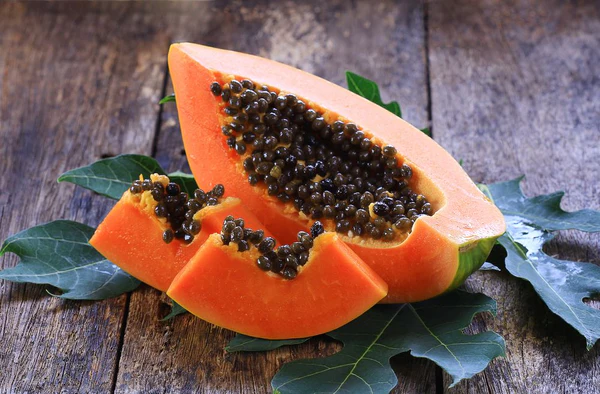
According to UN Comtrade and ITC data:
- The United States imported over 160,000 metric tons of papaya in 2023, accounting for more than 40% of global papaya imports.
- Canada and European countries collectively imported around 70,000 metric tons, with rising annual growth rates.
- Processed papaya products, especially dried and frozen, are seeing increasing demand in markets like Japan, Australia, and Germany.
The global papaya trade continues to rise, driven by health food markets, culinary trends, and international hospitality industries.
Why Is Papaya So Popular Internationally?
Nutritional and Medicinal Benefits
Papaya is a natural source of vitamins C and A, fiber, and digestive enzymes like papain, which aids in digestion and anti-inflammatory benefits.
Culinary Versatility
Used in fresh fruit bowls, smoothies, desserts, salads, jams, and juices, papaya also complements savory dishes in Latin American and Asian cuisines.
Health & Wellness Trends
As consumers increasingly prioritize natural, plant-based, and functional foods, papaya fits perfectly with global health trends.
Beauty and Skincare Applications
Papaya extracts are used in skincare products for their exfoliating, moisturizing, and skin-brightening properties, further boosting global demand.
Future Outlook for the Papaya Import Market
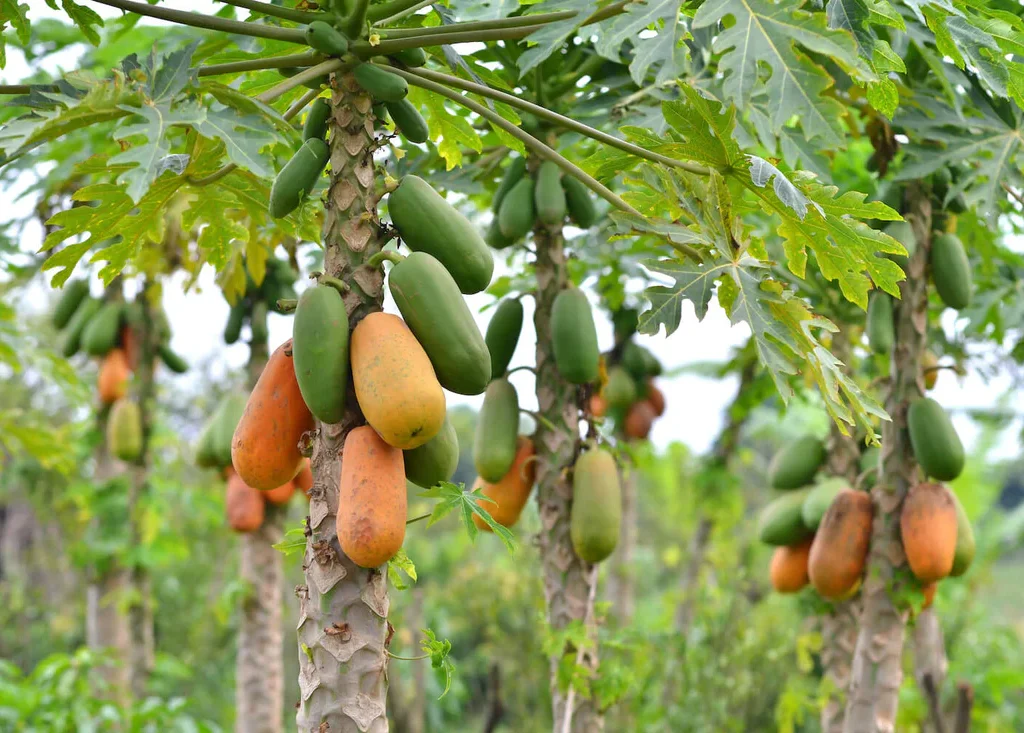
The papaya market is expected to maintain steady growth through 2025 and beyond, with projections indicating:
- Rising demand for exotic fruits in North America, Europe, and Asia.
- Growth in natural health food, smoothie, and juice bar industries.
- Expanding markets for dried, frozen, and processed papaya products.
- Increased imports to countries with growing multicultural and health-conscious populations.
The United States is likely to retain its title as the world’s largest papaya importer, with emerging markets in Europe and Asia-Pacific showing notable growth.
Did You Know?
A single medium papaya can contain over 200% of your recommended daily Vitamin C intake, making it one of nature’s most potent immunity boosters!
Conclusion
To recap:
- The United States is the largest papaya importer in the world, driven by high domestic demand, limited local production, and strong trade ties with Latin American exporters.
- Other key importers include Canada, the Netherlands, the UK, Germany, France, and the UAE.
- Mexico, Brazil, and Belize lead global papaya exports, supported by favorable climates and efficient logistics.
- The international papaya market continues to grow, fueled by health trends, diverse culinary applications, and increasing multicultural influences.
As consumers continue seeking nutrient-rich, tropical fruits, papaya is set to remain a vibrant player in the global fruit trade for years to come.

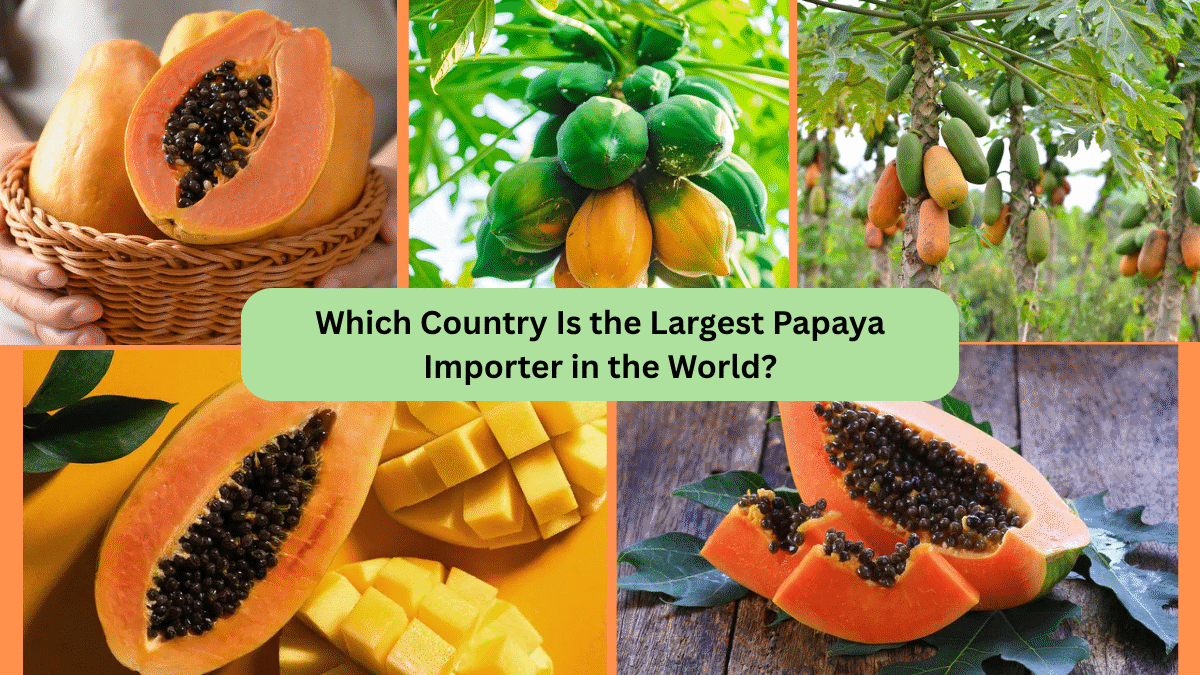



Leave A Comment